1/2 Reichstaler 1621,
under Wilhelm V of Hesse-Kassel as administrator.
Condition: ef+
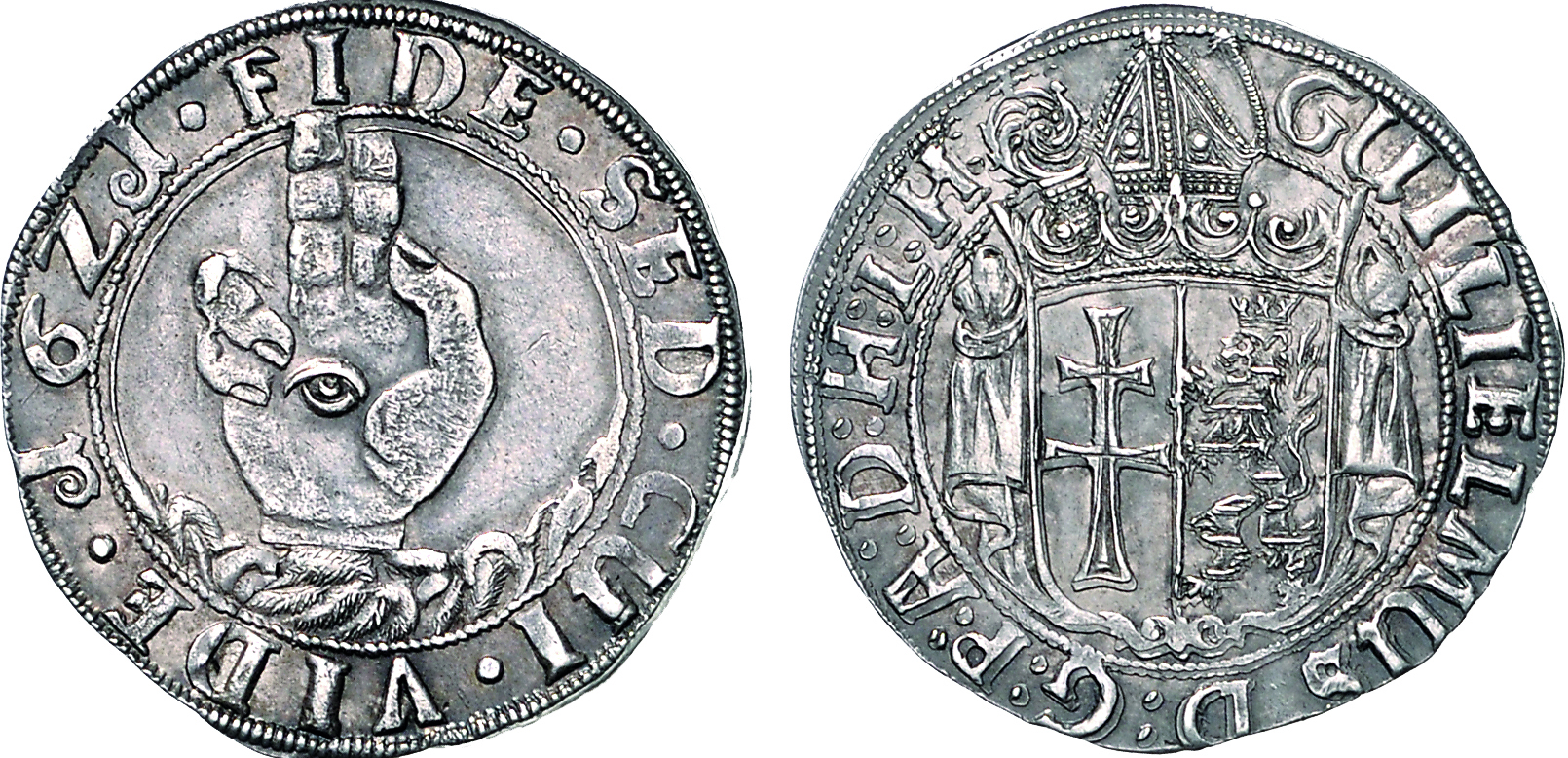

city of Besançon,
3 Pistols 1666 with title Charles V.
Condition: CH UNC
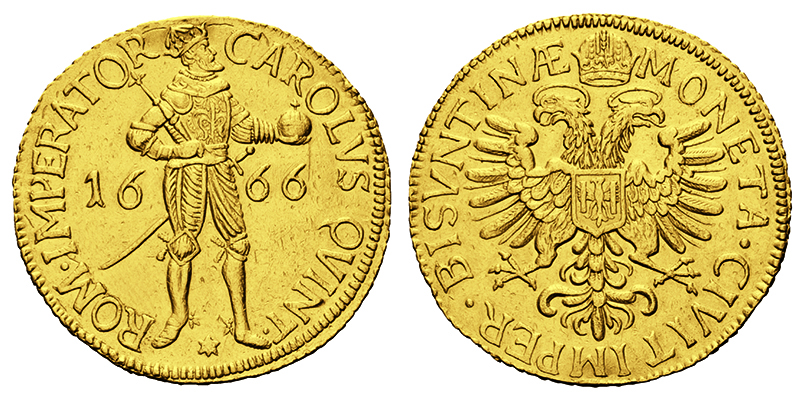
Bavaria, Chaise d'or (imperial shield)
1328-1347 under Emperor Louis IV.
Condition: ef

Reichstaler 1654-1668
under Count Guidobald von Thun.
Condition: vf-ef
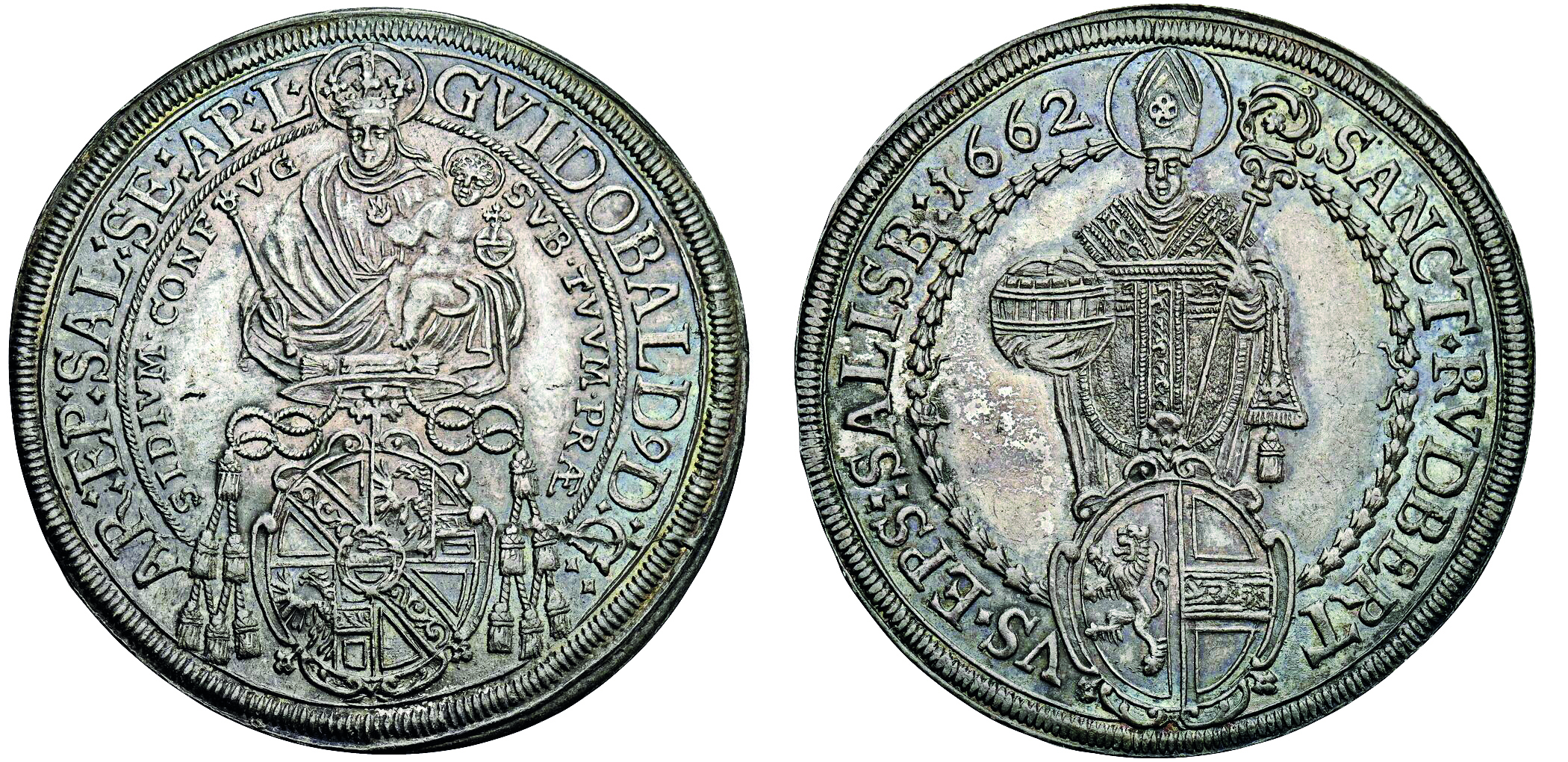
Solidus (491-518)
under Anastasius the righteous.
Condition: vf-ef

Archive: People and Markets
Eisleben, Germany: Church Treasure Recovered After Almost 400 Years
What a find: last year, a hoard of 864 coins was discovered in a sandstone figure in a church in Eisleben, Germany. The coins were hidden there during the Thirty Years’ War and provide a rare insight into the currency in circulation at that time. A coin expert from the region tells us more about it.
Lars Emil Bruun (1852–1923): From the Local Inn to an International Enterprise
The auction of the exceptional Bruun collection, 100 years after the collector’s death, has attracted a great deal of attention. But who was Bruun as a person? What inspired him? On behalf of Stack’s, Ursula Kampmann went in search of Bruun’s personality and compiled a short biography.
Archive: Coins, Medals and more
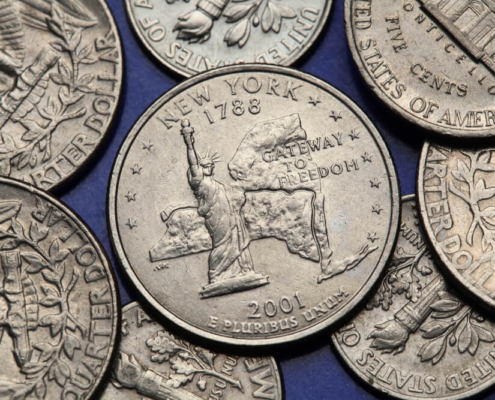
Fascinating Change: The 50 State Quarters of the USA – a Milestone
By means of the 50 State Quarters, the US Mint succeeded in rekindling the people’s love of coins and bringing it to the next generation. What was so special about this series? Let’s look back.
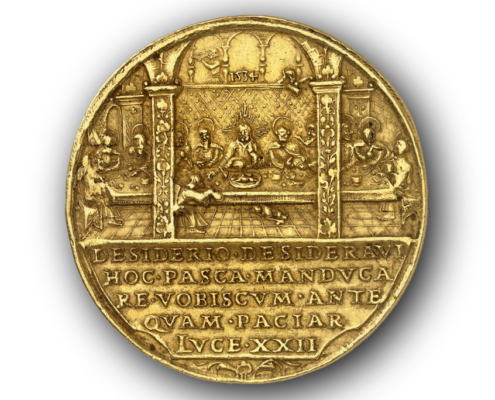
Joachimsthal and the Reformation
On 29 January 2025, Künker will auction a series of valuable Renaissance medals. They feature biblical topics and were minted in the region of Joachimsthal to spread the teachings of the Reformation. Johannes Mathesius, the author of Luther’s Table Talk, may have been at the origin of some of the motifs.







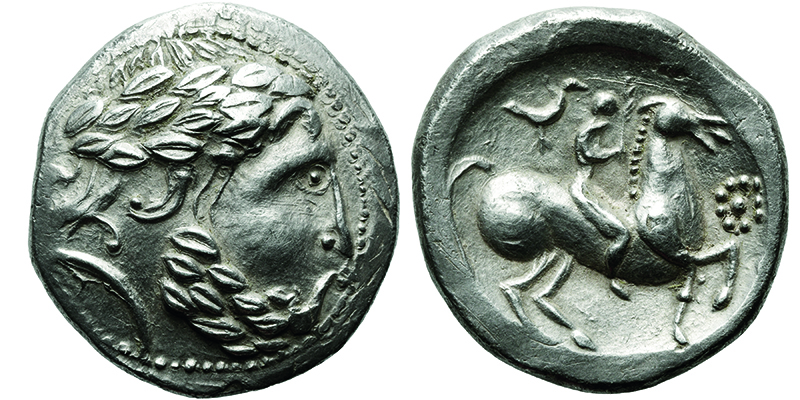

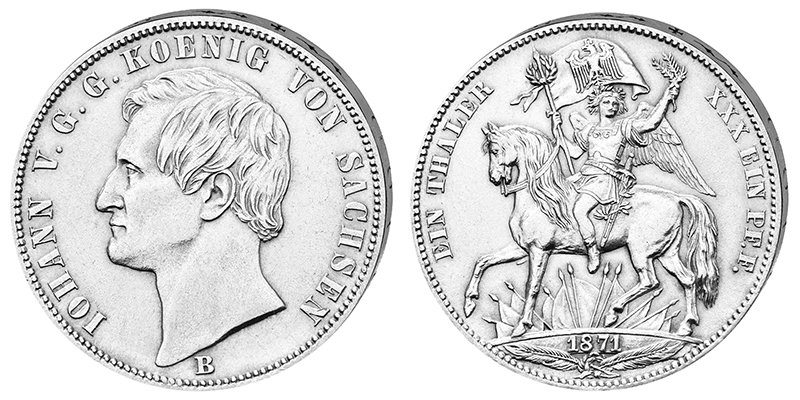
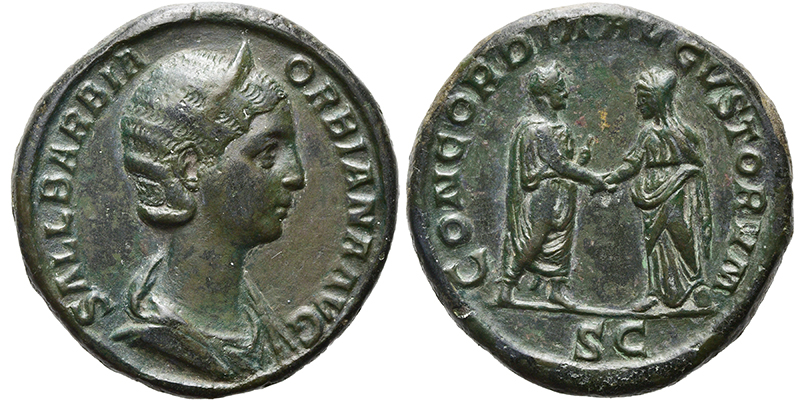


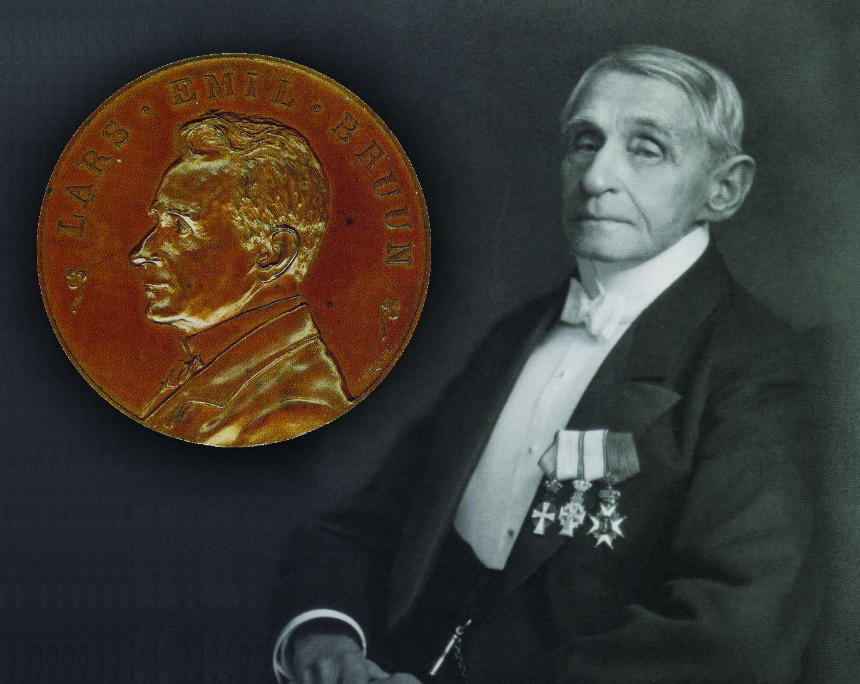

Correction: We made a mistake!
The news we published yesterday about the Coin of the Year Award was erroneous.
Spectacular Coin Hoard Discovered in the Province of Utrecht
A hoard of 404 coins has been unearthed in the province of Utrecht. It is probably the first find on the European mainland to include both Roman and British Celtic coins. The coin find underlines the importance of the Lower Germanic Limes for the Roman invasions of Britain.